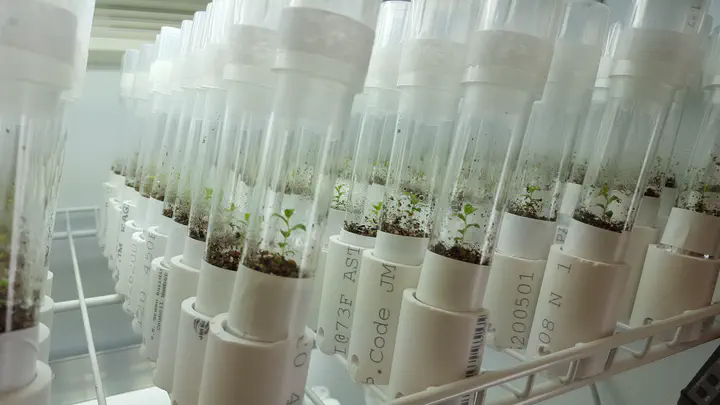Greater local diversity under older species pools may arise from enhanced competitive equivalence

Abstract
Local ecological communities tend to contain more species when they are located within a geologically older region, a pattern that has traditionally been attributed to the accumulation of species in the regional species pool. In this explanation, local species interactions are assumed to play a minor role in the formation of the regional species pool, which is instead thought to be driven by speciation and dispersal occurring across larger areas. Here, we provide evidence suggesting a more important role of local species interactions than generally assumed. In an experiment in which we assembled 320 local communities of root-associated fungi under 80 species pools, we varied the species richness of the experimental species pools and the mean age of the sites from which we collected the fungal species across a 4-myr soil chronosequence in Hawaii. We found that realized local species diversity in the assembled communities increased more extensively with increasing species-pool richness when species were from older sites. We also found that older species pools had lower functional and phylogenetic diversity, indicating that the evolution of greater competitive equivalence among potential colonists enabled higher local diversity under older species pools. Our results suggest that the tendency of older regions to have higher local richness arises not simply because older species pools are more speciose, but also because the constituent species have evolved traits that allow them to co-occur more readily in local communities.